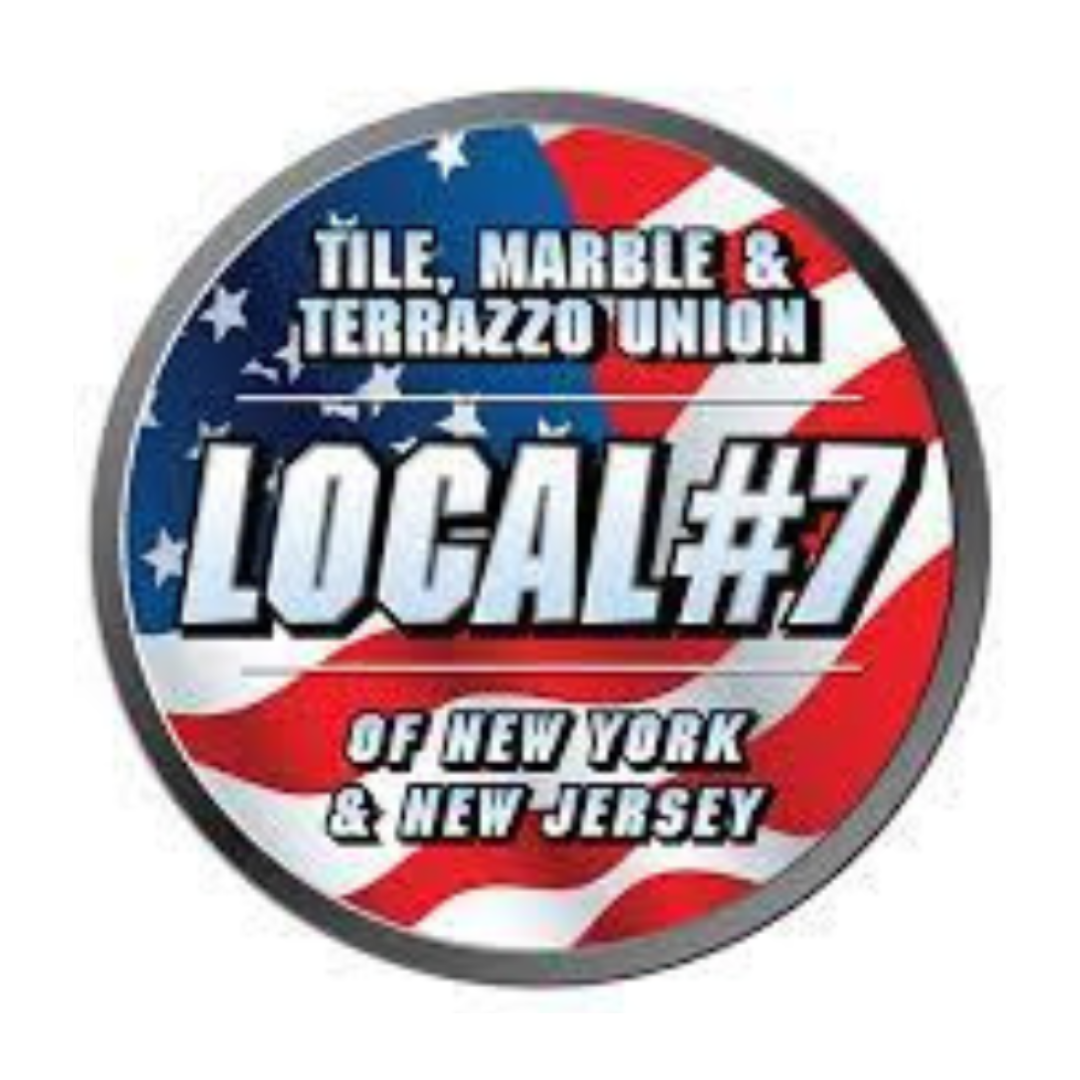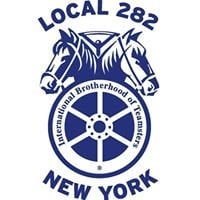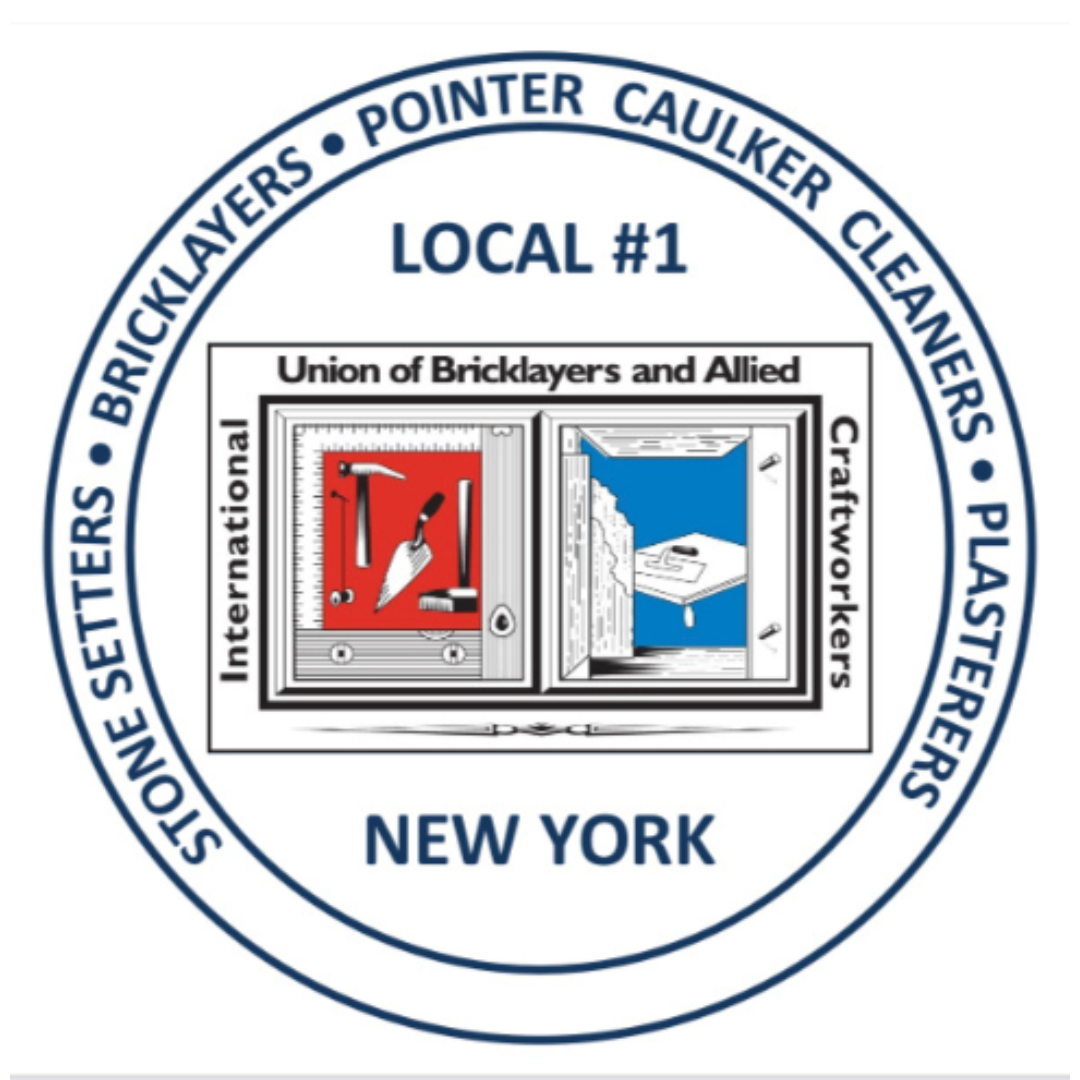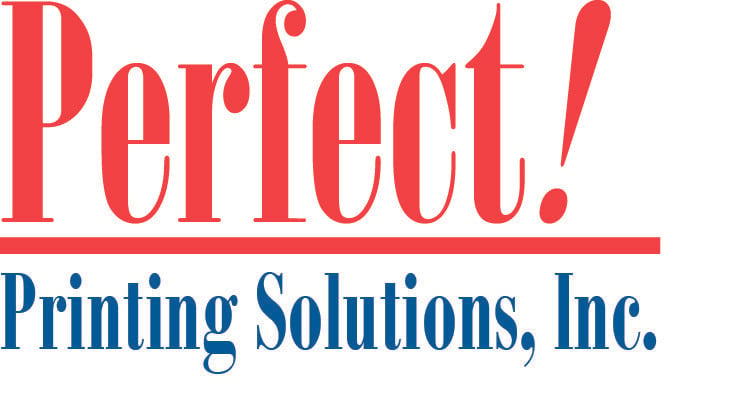Pros And Cons Of Steel-Toe Boots
In many industries, proper workwear and protective equipment are important tools to keep workers safe. Nurses wear face masks, gloves, and scrubs to keep out germs, while firemen wear thick suits to shield them from fire and heat.
Similarly, construction workers and other types of utility workers can wear or use types of equipment to help protect them from the many hazards they come across while on the job or in the performance of job-related duties. There are many types of equipment they can use according to the nature of their jobs or the tasks they regularly perform.
Steel-toe boots are one of the many items a construction or utility worker can choose to or be required to wear in the workplace. While steel-toe boots can be protective, wearing them may come with some drawbacks.
If you or a loved one is considering purchasing a pair of steel-toe boots for added protection while on the job, we can help you determine whether or not they are right for you. We can also help you determine what other gear you should be wearing on the job and how you can stay safe in the workplace.
For more information about workplace safety, or to file a claim if you have been injured at work, get in touch with the seasoned attorneys at Schwartzapfel Lawyers by visiting us online or calling 516-342-2200 today.
Should You Wear Steel-Toe Boots At Work?
Steel-toe boots are exactly what they sound like: work boots with a built-in steel-toe cap that covers the toes and front part of the foot.
Steel-toe boots can protect the most sensitive part of your foot. The steel cap acts as a shield against hazards, including falling debris or heavy tools that can roll onto your toes. They are especially useful for construction and manufacturing workers who use heavy objects and materials.
That said, there are pros and cons that come with wearing steel-toe boots.
Pros
The biggest pro to steel-toe boots is that they protect your feet. Here are a few more reasons to consider buying a pair:
- They are durable, sturdy, and most likely won’t fall apart easily if exposed to chemicals or other materials.
- They are widely sold and accessible.
- They can be affordable, with many brands costing less than $100.
Cons
While steel-toe boots can offer long-lasting protection for low prices, there are a few drawbacks to consider:
- The steel cap can make the boots heavy and bothersome to wear for long periods.
- They can cause blisters or discomfort.
- The steel cap can set off metal detectors.
- Steel conducts temperatures, which can make wearing in the winter uncomfortable.
- Steel-toe may not be safe for use around electricity or with electric wires.
While it may appear that the disadvantages of steel-toe boots can outweigh the advantages, the suitability of these boots largely depends on your specific requirements.
And so, if you work indoors and are rarely exposed to winter colds, or if you do not work with electricity and are not at risk for electrocution, steel-toe boots may be worth it. However, if you work outdoors or work with electricity, you may want to reconsider buying a pair of steel-toe boots.
In either case, you can learn more by calling Schwartzapfel Lawyers at 516-342-2200 or visiting us online to schedule your free consultation now.
What Are Common Alternatives To Steel-Toe Boots?
If steel-toe boots don’t seem like they would be best for you, there are plenty of other options available for protective footwear. To this end, toe-capped boots made of different materials may be a better fit for your needs. If this is something that interests you, please consider:
- Alloy-Toe Boots: Alloy-toe caps are made out of aluminum instead of steel. These caps are a lot lighter and thinner than steel-toe caps, but they can be just as strong and durable. However, unlike steel-toe caps, they are not as widely available and can be expensive.
- Composite-Toe Boots: Composite toe caps are made of non-metal materials, including fiberglass, carbon fiber, or even plastic. Because of this, they are a lot lighter than steel-toe caps and will probably not conduct heat or electricity. However, because they are not made of metal, they may not offer the same protection as steel-toe and alloy-toe caps.
No matter your preference, protective footwear can prevent injuries in the workplace. Nevertheless, comfort and affordability are also important considerations.
For more information about how to best protect yourself against construction accidents and workplace injuries, reach out to a member of Schwartzapfel Lawyersby calling 516-342-2200 or visiting us online today.
What Are Other Types Of Protective Workwear?
Steel-toe boots are not the only protective gear you can wear at work. While steel-toe boots can offer a certain level of protection, there is other important safety gear that you should wear while performing work-related duties.
Among the more commonly used types of protective gear on worksites, examples include but are not limited to:
- Hard Hats And Safety Helmets: Hard hats and helmets protect and shield the head from falling or swinging objects. They can also help prevent head injury if a worker falls or slips.
- Goggles And Face Shields: Goggles and face shields come in levels of coverage and protection. Simple goggles can protect the eyes from dust or debris, while larger and more durable face shields can protect a worker from hot metal or sparks while welding metal.
- Ear Muffs And Earplugs: Ear muffs and ear plugs can prevent partial or complete deafness from constant exposure to loud noise in the workplace or while performing job-related duties. They are often used by workers who operate heavy and loud machinery.
- Face Masks And Filters: Depending on the type of face mask or filter being used, wearing one can prevent workers from inhaling toxic gasses, chemicals, and dust while working with materials that injure the lungs and respiratory system.
- Protective Suits And Reflective Vests: Protective suits help protect workers from extreme weather conditions, fire, or chemicals while at work. Reflective vests help workers be easily visible and identifiable by other workers operating heaving machinery or in low visibility.
No matter your needs, the skilled team at Schwartzapfel Lawyersis here to help. Call us now at 516-342-2200 or visit us onlineto get going. Your future is too important to leave to chance. Protect it today by having Schwartzapfel Lawyers fight for you!
How Can You Maintain Worksite Safety?
Providing all workers on a job site with protective equipment and proper work gear is an important part of maintaining workplace safety. In point of fact, the Occupational Safety and Health Administration (OSHA) has guidelines for workplace safety that include the distribution of proper protective gear as a worksite requirement.
This is because, under OSHA, all workers have a right to a safe workplace. Whether that means securing the worksite or being given protective gear, employers and supervisors must adhere to OSHA regulations and may face penalties if they do not.
In the same spirit, there are a variety of steps workers can take to prevent the occurrence of workplace accidents and injuries. These include but are not limited to:
- Wearing the appropriate protective gear when performing job tasks.
- Make sure to follow all instructions and rules in the workplace.
- Being present and attentive at training or when supervisors are explaining tasks.
- Avoid use of alcohol or other substances while on the job.
The best way to keep yourself and others safe on the job is to stay informed about workplace safety guidelines and make sure they are being properly enforced in your workplace. If, however, you suspect that your employer is not adhering to safety guidelines, you should speak with an experienced construction accident lawyer about your concerns without delay.
You should know, too, that if your employers are following the proper guidelines, you should always be provided with proper work gear. Note: Wearing steel-toe boots is a requirement on many job sites where there is an increased risk of suffering foot injuries.
Making A Decision About Steel-Toe Boots
After reading through the pros and cons of steel-toe boots, you may have already started forming your own opinions about whether they’re a good fit for you. But before making a final decision, you should determine whether a specific kind of steel-toe boot is desirable or required for your place of work.
To help you make the best choice for your situation, the award-winning construction accident attorneys at Schwartzapfel Lawyers are ready and waiting. For a free consultation and so much more, simply dial 516-342-2200 and allow us to do the rest.
Rain or shine, day or night, we are always fighting for you!
DISCLAIMER: Nothing on this page should be considered legal advice. You should seek the appropriate counsel your situation requires. For more information, call 1-516-342-2200 now!
Sources:
Schwartzapfel Lawyers, P.C. | Fighting For You
Work Boot Safety Toe Caps – Explained & Demystified | WorkWear.org
Personal Protective Equipment – Overview | Occupational Safety and Health Administration
Construction OS&H Personal protective clothing & equipment (PPE) | International Labour Organization






























